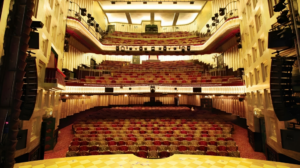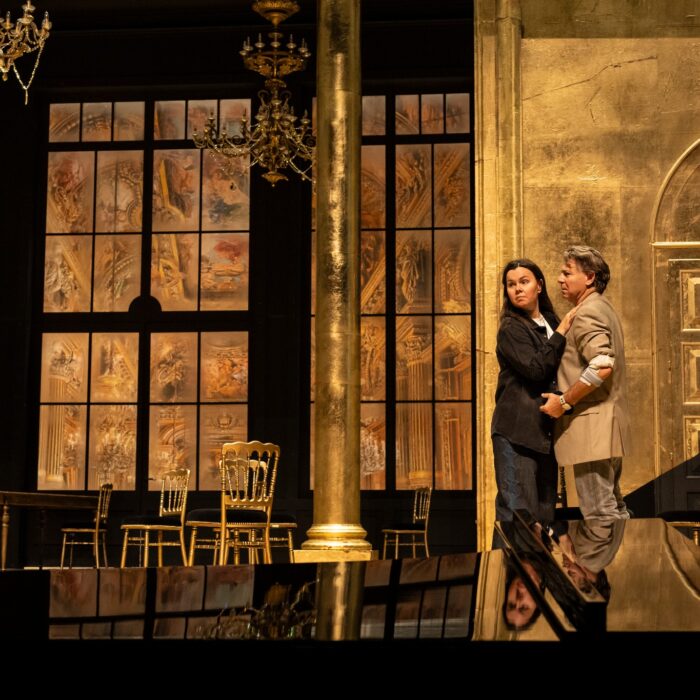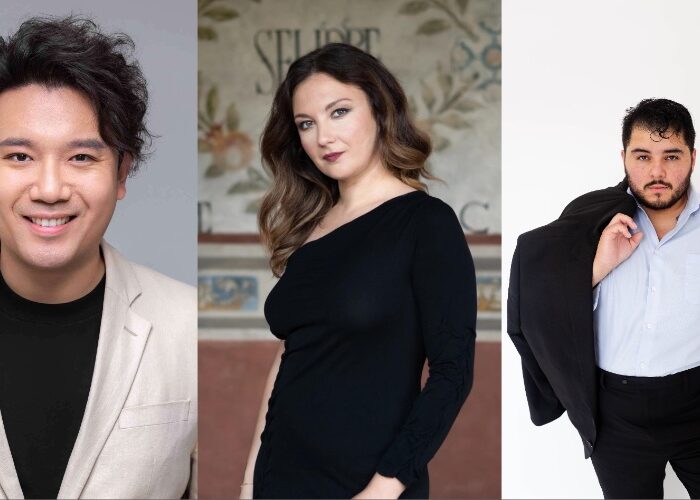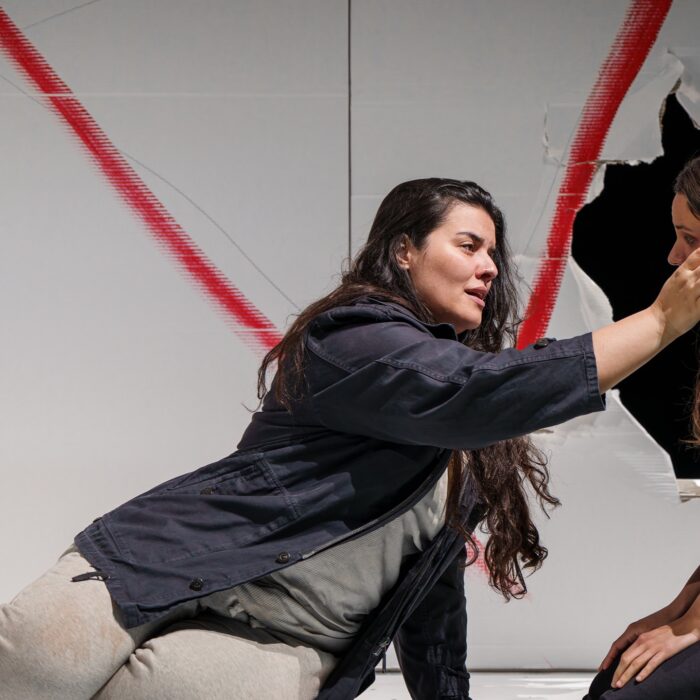
A Stroll Through The Many Genres of Opera (Part Two)
By John VandevertAround the world, opera has very different forms. Although the artform has touched almost every continent on the planet, that does not mean that it looks the same. Whether that means an Italian opera that is translated into a different language, or a domestic artform resembling opera that evolved endogenously, the fabric of opera is multi-dimensional!
In Part One of this three-part series called “A Stroll Through The Many Genres of Opera,” we looked at five different genres of opera that are most popular today in the houses around the world. Practically anywhere you go, you will find an opera in the styles of opera seria and grand opera. But did you know that in more regional theatres, and in fact larger ones as well, other styles can also be performed?
In part two, we will look at four different regional variants of opera that you are bound to have come across: Zarzuela, Spieloper, Savoy opera, and Farsa. Ranging from the Spanish world to the German, before travelling all the way to Venice and back in time to Victorian England, opera has never looked like any one thing. Instead, it is many things all at once!
Stay tuned for Part Three, where we will be talking about four special types of opera.
Zarzuela
Hailing from Madrid, Spain, opera within the Spanish world has taken on a specific form, accompanied by its own history and repertoire. Defined as a lyric-drama that oscillates between spoken dramatic sections and sung songs along with dance portions, the Zarzuela incorporates the local expressions of Spanish culture with the musical drama of opera. The genre first arose in the second half of the 17th century thanks to King Phillip IV of Spain and Queen Mariana, who both were charmed by a musical comedy by composer Juan Hidalgo de Polanco called “El Laurel de Apolo” (“The Laurels of Apollo”). Once the genre had become formally established, during the 18th-century the Italian Baroque style developed Zarzuela’s musical language. This period became known as the genre’s “first period.” However, as Italian “high opera” had made its way to Spain and beyond, the Zarzuela’s popularity was frustrated. During the “second period”—the mid-19th century—in the spirit of nationalist revivalism, a push towards bringing back the Spanish elements of opera led to the genre’s rebirth. During the 20th century, however, the genre disappeared once again. In modern times the Zarzuela still manages to live on in the inherited traces of Spanish culture in opera.
Examples of this genre include Juan Bautista Diamante’s “Endimión y Diana,” Gonzalo Roig’s “Cecilia Valdés,” and most recently, while not technically a Zarzuela, the opera “Ainadamar” by Osvaldo Golijov.
Spieloper
The Spieloper (or “Spoken opera”) can be thought of as an institutionalized, or bigger, version of the more common term, “Singspiel.” The history of the Spieloper begins during the early parts of the 18th century as the influence of French opéra-comique gave rise to the idea of something similar, but more catered to German tastes. At the time, the German genre of “Posse mit Gesang” (or “Farce with singing”) was already popular, so the idea of the Spieloper was not something radically different. Essentially, the Spieloper was simply spoken text and dramatic scenes with opera thrown in, usually incorporating folk music and other folk-inspired elements. The opera was also usually a bit more uplifting and pastoral in its theme and music; though not always. In the latter half of the 18th century this genre really took off within the German-speaking world, and composers like Albert Lortzing, Georg Anton Benda, and even Mozart, took to this new and developing genre in one direction or another. During the 19th century, everyone from Mendelssohn and Wagner to Liszt was trying their hand at it, and in non-German speaking lands like Czechia, Hungary, and Denmark, the genre was given a warm reception and came to find its home.
Examples of this genre include Conradin Kreutzer’s “Das Nachtlager in Granada,” Peter Cornelius’ “Der Barbier von Bagdad,” and, most popularly, Friedrich von Flotow’s “Martha.”
Savoy opera
Perhaps no other opera style is as well-known outside the world of opera as the Savoy opera. Sometimes referred to by its other name, “operetta,” although the term is a bit broader than that, the genre is most commonly-associated with its developers William Schwenck Gilbert and Arthur Sullivan, or “Gilbert and Sullivan,” who are best-known for their internationally-performed body of work. Developed in England during the Victorian era, or 19th century, it was at a time when the “musical” was in its infancy and far from the fully-fledged phenomenon we know today. The desire to create a more “English-style” comic theatre tradition consequently led to the creation of a certain type of musical theatre performance. Taking from the operetta form and ballad opera, but incorporating French vaudeville and other more variety-type elements, the Savoy opera grew out of the repertoire made for the Savoy Theatre in London. A large body of works came from this operetta-meets-ballad-meets-opera-meets-vaudeville tradition, including well-known works like “The Mikado,” “The Yeomen of the Guard,” and other Gilbert and Sullivan operettas. However, other composers also tried their hand at the Savoy form—which came to be seen as a comical theme with elements of risqué but otherwise benign humor within an operatic structure—like Arthur Cecil, George Grossmith, and Frank Desprez, to name just a few.
Examples of this genre include Gilbert and Sullivan works like “The Gondolierss,” Basil Hood’s “Ib and Little Christina,” and Arthur Sullivan and Sydney Grundy’s “Haddon Hall.”
Farsa
Within Italy, due to the size and regionalization of opera during the 17th to 19th centuries, different areas of Italy began to develop their own operatic styles. One such genre was “Farsa” (literally “farse”), a style of opera emanating from Venice and which revolved around a lighter version of the Neopolitan style of dramma giocoso (or opera semiseria) while using elements of the French “comédie mêlée d’ariettes” (“comedy intermixed with small arias”). While most of the works of this style are no longer performed, many of them have managed to find a space in the modern world thanks to early music initiatives and ensembles. Giuseppe Farinelli, one of the genre’s most famous voices, composed many pieces in this style such as “Il matrimonio per concorso,” “I riti d’Efeso,” and “Pamela,” although it is Rossini’s works that many have recognized as exemplary models of the style. With the advent of Romanticism, both Italian and German in scope, Farsa all but fell away as the early court style became less fashionable and other styles of opera grew out of the Baroque period of music. You can still find this style in opera houses around the globe, although its prominence is much less than it was previously.
Examples of this genre include Rossini’s “L’occasione fa il ladro,” Johann Simon Mayr’s “Il segreto,” Pietro Generali’s “Pamela nubile,” and Vincenzo Pucitta’s “Lauretta.”
Categories
Special Features

